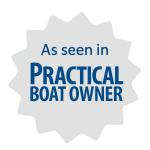A Central Computer for Your Boat:
Monitor and Protect
Using free, open-source software and affordable sensors, our solution turns your boat into a high-tech vessel with cutting-edge features, surpassing commercially available products.
Transforming your boat’s monitoring and alert systems doesn’t require proprietary hardware or expensive marine computers. With a Raspberry Pi, a few affordable sensors, and free open-source software, you can build a reliable, expandable central marine computer that integrates navigation data, engine monitoring, solar power stats, tank levels, and even security features — all on a budget. Whether you’re sailing offshore or tied up in a marina, your boat’s key systems can now be monitored, logged, and alerted directly to your phone or tablet.
Remote access to your boat from any device
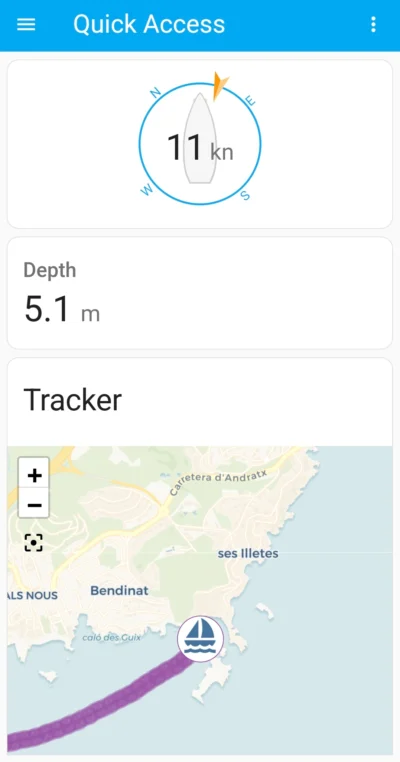
Receive warning notifications anywhere in the world
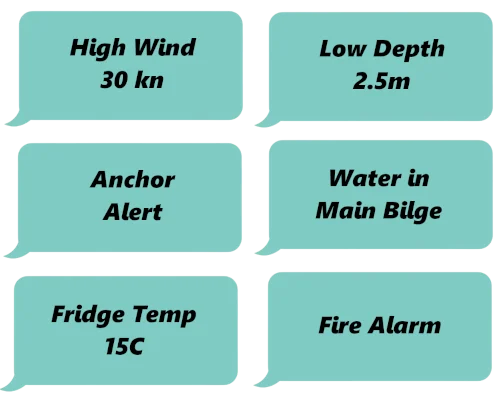
Comprehensive Engine monitoring
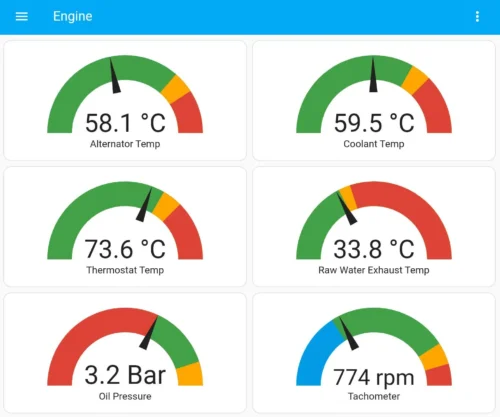
All NMEA instruments connected wirelessly or via USB

Virtual Switches
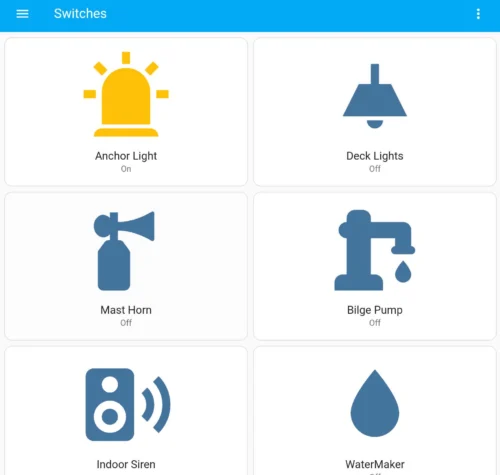
Smart Anchor Watch
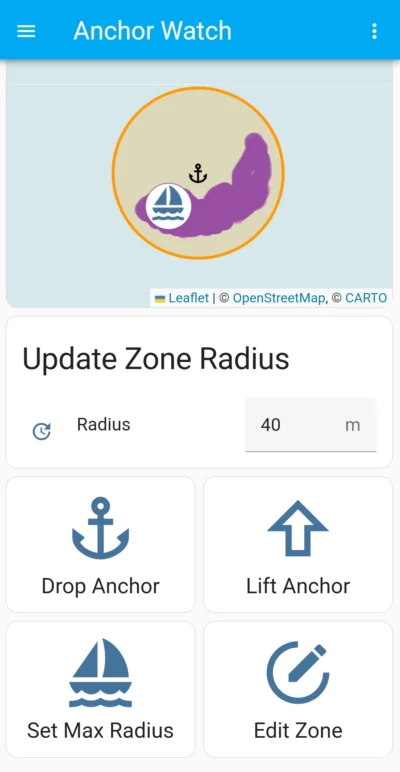
Safety Sensors - Bilge and Fire
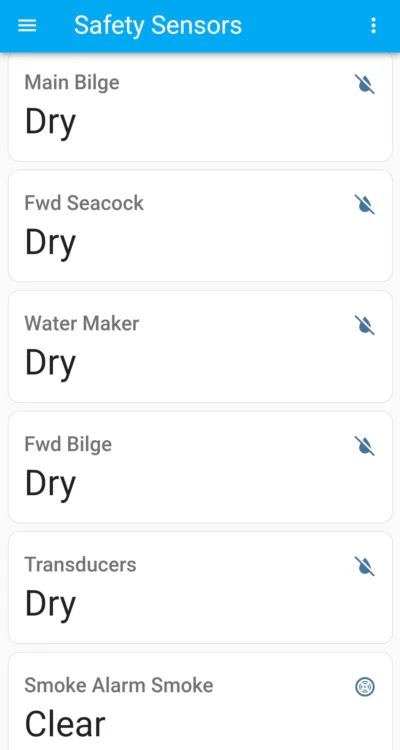
Battery Monitoring

Custom Dashboards with your Boat design
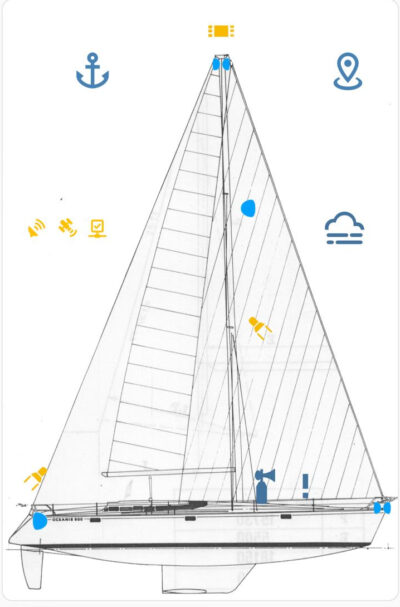
How It Works
Your Central Marine Computer runs on a palm-sized, low-power Raspberry Pi that easily fits in your hand and draws just a few watts. It gathers data from a network of wireless sensors—leak detectors, fire alarms, engine and tank-level monitors, and your boat’s navigation instruments—without any cables. Internet connectivity is handled by a compact 4G router (with an external SIM) or, if you have it aboard, a Starlink terminal—so you can view live dashboards and receive instant alerts on any device, anywhere. All data processing happens locally on the Pi, and over-the-air updates keep your system secure and up to date.
Features
Leak & Fire Detection: Zigbee water-leak sensors and wireless smoke detectors trigger onboard sirens and push alerts immediately.
Wireless Sensor Modules: ESP32-based units deliver data without cables—install temperature, pressure or fluid-level probes anywhere on your boat.
Engine Monitoring: Track coolant, alternator and raw-water elbow temperatures, RPM, oil pressure and fuel level—with custom alert thresholds.
NMEA Instrumentation: Fuse depth, wind, GPS, compass and speed data from both NMEA 0183 and NMEA 2000 instruments into unified dashboards.
Tank & Battery Management: Digitize fuel, water and grey-water levels and monitor solar production and battery state via BLE or shunt sensors.
Virtual Switches: Control pumps, lights and accessories through simple toggles or fully automated routines.
Anchor Alarm & Geofencing: Define a perimeter-based anchor watch that sets off sirens and notifications if your boat drifts.
Smart Automations: Schedule routines—anchor lights at sunset, water-maker flushes, over-temp engine fans, solar load management—based on time or sensor triggers.
Remote Access & Control: Securely monitor and operate all systems from shore over a 4G connection.
Benefits
Leverages a Massive Open-Source Platform: Built on Home Assistant—which celebrated 2,000,000 active installations and a thriving global community of contributors—so you tap into continuous innovation and support Home Assistant.
Cost-Effective: Avoid proprietary hardware and subscription fees—total build cost is around $400 using free software and affordable sensors.
Fully Customizable & Expandable: Add, swap or tweak sensors at will; everything runs on open-source code and standard protocols.
Local & Private: Your data stays on-board unless you choose to expose it—no mandatory cloud dependencies.
Unified Interface: One dashboard for navigation, engine diagnostics, power metrics and safety alerts—accessible on any tablet or phone.

